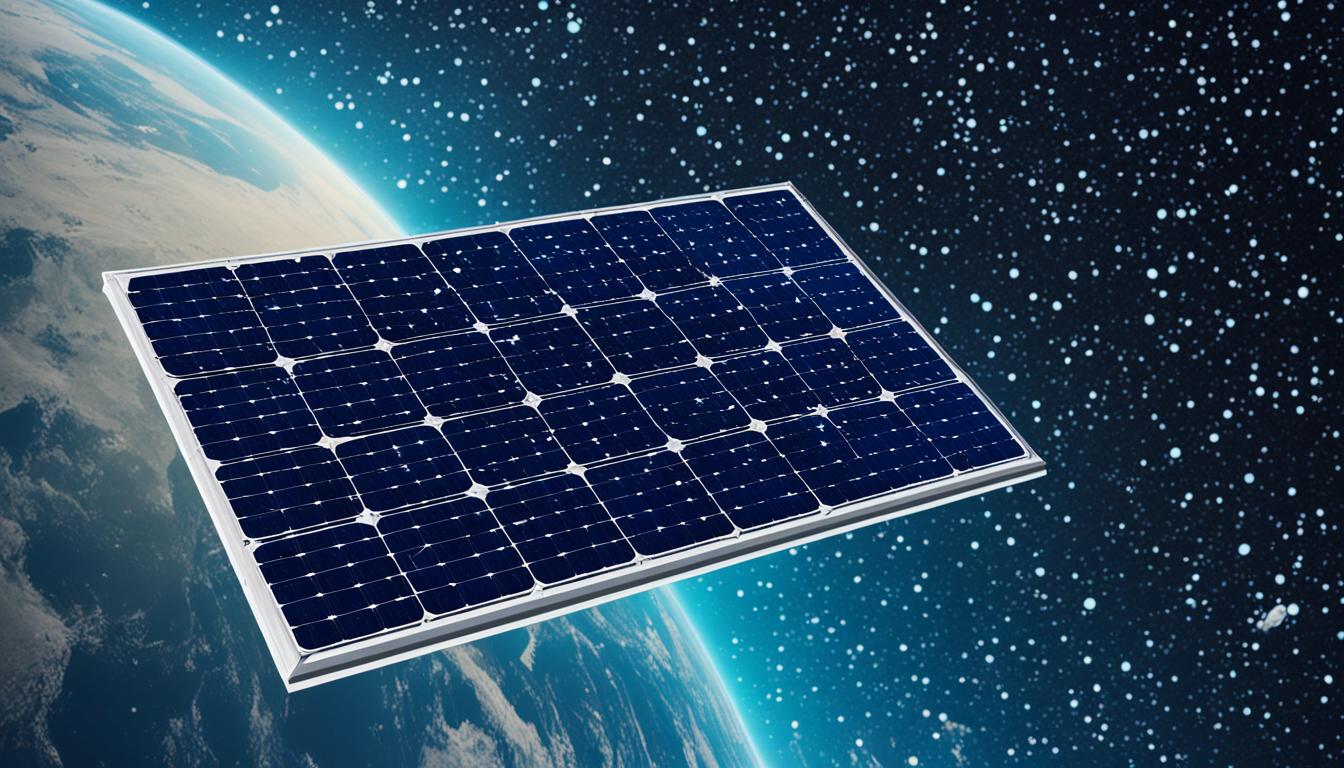
Will Solar Panels Get Cheaper?

Evelyn Sullivan
Posted 9/20/2023
So, what about the cost reductions we've been hearing about? Are they just empty promises, or is there evidence of a downward trend in solar panel pricing?
In this article, we will dive into the current state of solar panel pricing and explore whether there are indications of future cost reductions. We will examine technological advancements, government policies, and market demand to provide insight into what the future holds for solar pricing. Let's uncover the potential benefits of more affordable solar panels and the role they play in transitioning to a greener, more sustainable energy landscape.
The Future of Solar Pricing
When considering the future of solar pricing, several factors come into play that may influence whether solar panels will become cheaper or if prices will stabilize. Technological advancements, government policies, and market demand all play significant roles in determining the cost of solar panels.
Technological advancements in solar panel manufacturing have the potential to drive down costs. As research and development continue to improve the efficiency and production processes of solar panels, the cost of manufacturing may decrease. This could ultimately lead to more affordable solar panels for consumers.
Government policies also have a significant impact on solar pricing. In many countries, governments offer incentives such as tax credits or subsidies to encourage the adoption of renewable energy sources. These policies help make solar panels more affordable for individuals and businesses, promoting widespread adoption and investment in solar energy.
Another crucial factor is market demand. As the demand for solar panels increases, economies of scale may come into effect, resulting in lower manufacturing costs. Additionally, increased competition among solar panel manufacturers could further drive down prices to attract consumers in a growing market.
However, while there is the potential for solar pricing to become cheaper, there are also barriers and challenges that could impact the affordability of solar panels in the future. The availability and cost of raw materials necessary for manufacturing solar panels can influence their overall price. Fluctuations in the supply and demand of these materials can lead to price fluctuations for solar panels as well.
Additionally, the installation costs associated with solar panels can impact their overall affordability. While the price of solar panels themselves may decrease, installation costs can still be a significant portion of the overall expense. Factors such as labor, permitting, and equipment may affect the total cost of installing solar panels and could potentially limit their affordability for some consumers.
In conclusion, while technological advancements, government policies, and market demand may contribute to the potential of cheaper solar panels, there are also barriers and challenges to consider. It is crucial to continue investing in research and development to drive down costs and make solar energy more accessible to a wider population. By addressing these challenges, we can work towards achieving a future where solar pricing is more affordable and contributes to a sustainable energy landscape.